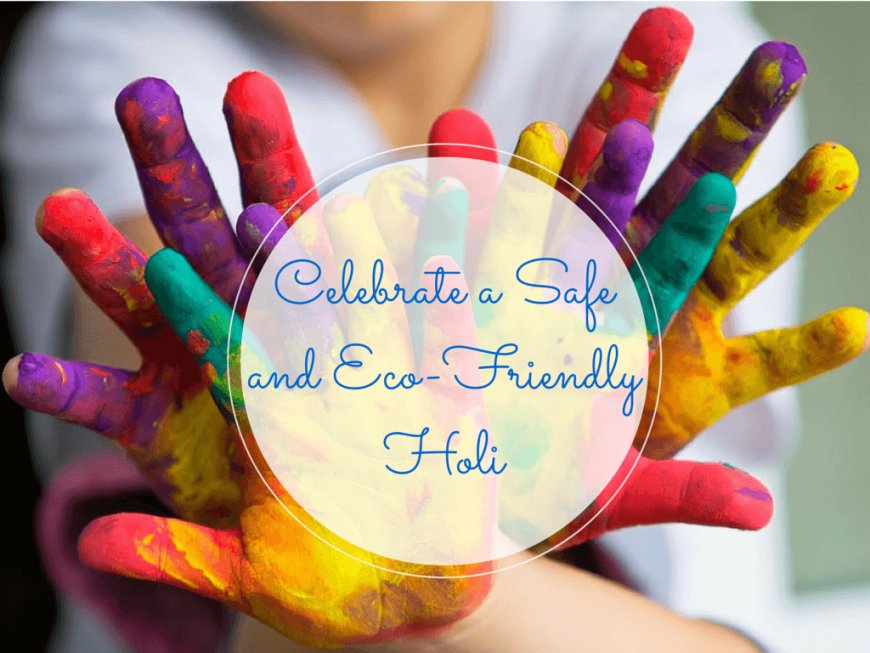As the vibrant festival of Holi approaches, it's essential to understand the potential health hazards associated with chemical Holi colors.
While Holi is a joyous occasion celebrated with colors, using chemical-based colors can pose serious risks to our health. Here are ten points highlighting why chemical Holi colors are harmful and how to celebrate Holi safely.
1. Skin Irritation and Allergies
Chemical Holi colors contain harsh chemicals like lead, mercury, and oxidized metals that can cause skin irritation, redness, itching, and allergic reactions. These chemicals can penetrate the skin and lead to long-term dermatological issues.

2. Eye Infections
Direct contact with chemical colors can cause eye infections, conjunctivitis, and irritation. The fine particles of these colors can easily enter the eyes and cause damage, especially for those wearing contact lenses.
3. Respiratory Problems
Inhaling the dust or particles of chemical colors can lead to respiratory problems such as coughing, wheezing, shortness of breath, and even asthma attacks. People with respiratory conditions are particularly vulnerable.
4. Carcinogenic Risk
Certain chemicals found in chemical Holi colors, such as lead compounds and synthetic dyes, have been linked to carcinogenicity, increasing the risk of cancer development over time. Prolonged exposure to these chemicals is concerning for overall health.
5. Environmental Pollution
Chemical Holi colors are not biodegradable and contain pollutants that can contaminate water bodies, soil, and air. This pollution has detrimental effects on ecosystems, wildlife, and human health in the long term.
6. Toxicity in Food and Water
Accidental ingestion of chemical colors, either through contaminated food or water during Holi festivities, can lead to toxicity, digestive problems, and poisoning. Children are especially susceptible to these risks.
7. Adverse Effects on Pets
Pets can also be adversely affected by chemical Holi colors if they come into contact with them. These colors can cause skin irritation, gastrointestinal issues, and toxicity in animals, necessitating caution around pets during celebrations.
8. Impact on Traditional Practices
The use of chemical colors has led to a deviation from traditional practices of using natural colors made from flowers, turmeric, and other organic substances. Embracing eco-friendly alternatives preserves cultural heritage and promotes sustainable living.
9. Safe Alternatives
Opting for natural and organic colors made from plant extracts, herbal powders, and edible materials ensures a safer and more eco-friendly Holi celebration. These colors are biodegradable, non-toxic, and gentle on the skin and environment.
10. Promoting Awareness and Responsible Celebrations
Educating individuals about the harmful effects of chemical colors and promoting responsible and eco-conscious celebrations can help minimize health risks and environmental impact while preserving the essence of this festive occasion.
In conclusion, prioritizing health and environmental safety by avoiding chemical Holi colors is crucial for a joyful and sustainable celebration. Let's embrace natural and safe alternatives to ensure a colorful and healthy Holi for everyone.
Follows Us for More Updates
Like Us on Facebook Page :
Click Here
Like Us on Instagram :
Click Here





























